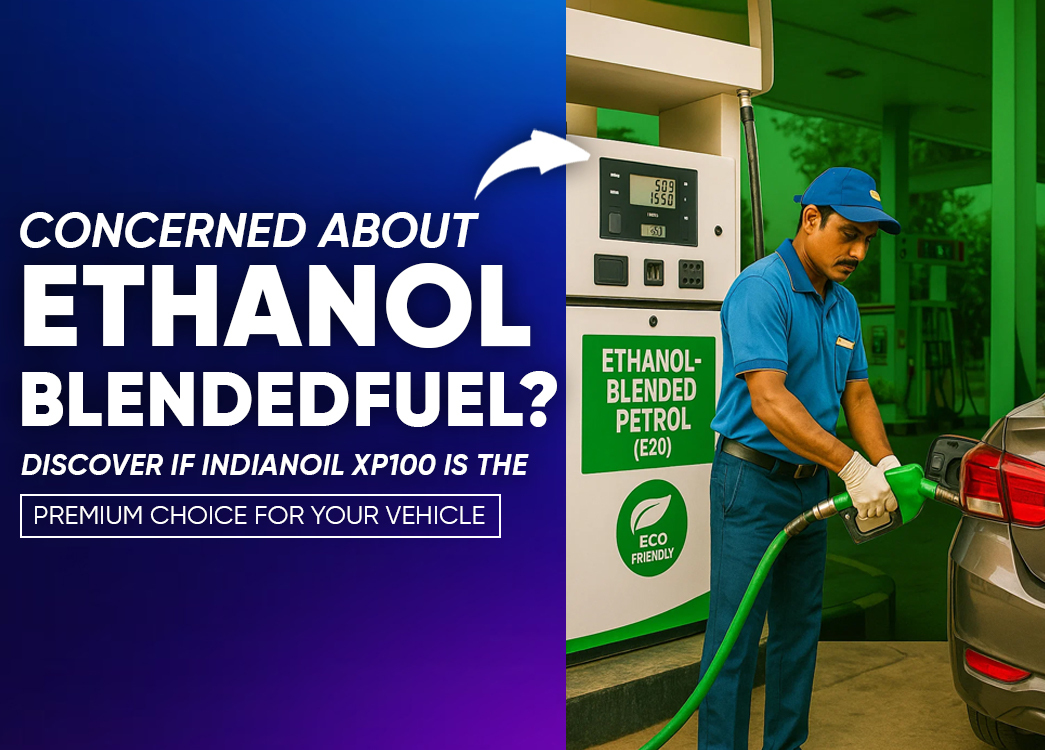
By creckk On 04-09-2025 at 1:19 pm
GST Council Slashes Rates: Small Cars, Bikes & Three-Wheelers at 18% Luxury Cars Move to 40% Slab
GST Council Brings Festive Cheer
Your next car or bike just got more affordable. The GST Council has announced a major overhaul of tax rates, slashing GST on small cars, commuter bikes, and three-wheelers from 28% to 18%.
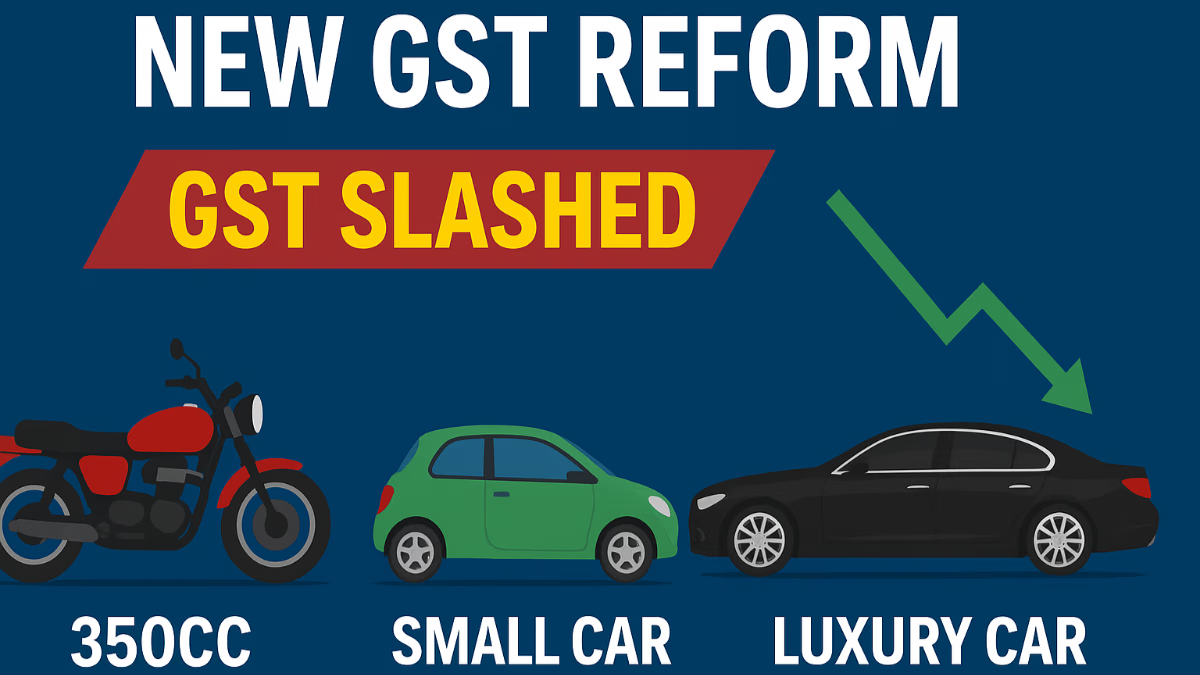
This change will be effective from September 22, 2025, right before the festive season. It is the perfect timing to make your dream of buying a car or bike more affordable.
Small Cars, Bikes & Three-Wheelers Get A Tax Break
The new 18% GST slab is designed to help everyday buyers. Vehicles included are:
- Small cars: Petrol cars up to 1200cc, diesel cars up to 1500cc, with a length under 4000mm. Example: Maruti Dzire, Kia Syros.
- Bikes up to 350cc: Everyday commuter motorcycles.
- Three-Wheelers / Autorickshaws.
This move is expected to boost demand for entry-level cars and bikes across India, especially during the festive buying spree.
What Moves To The 40% Slab
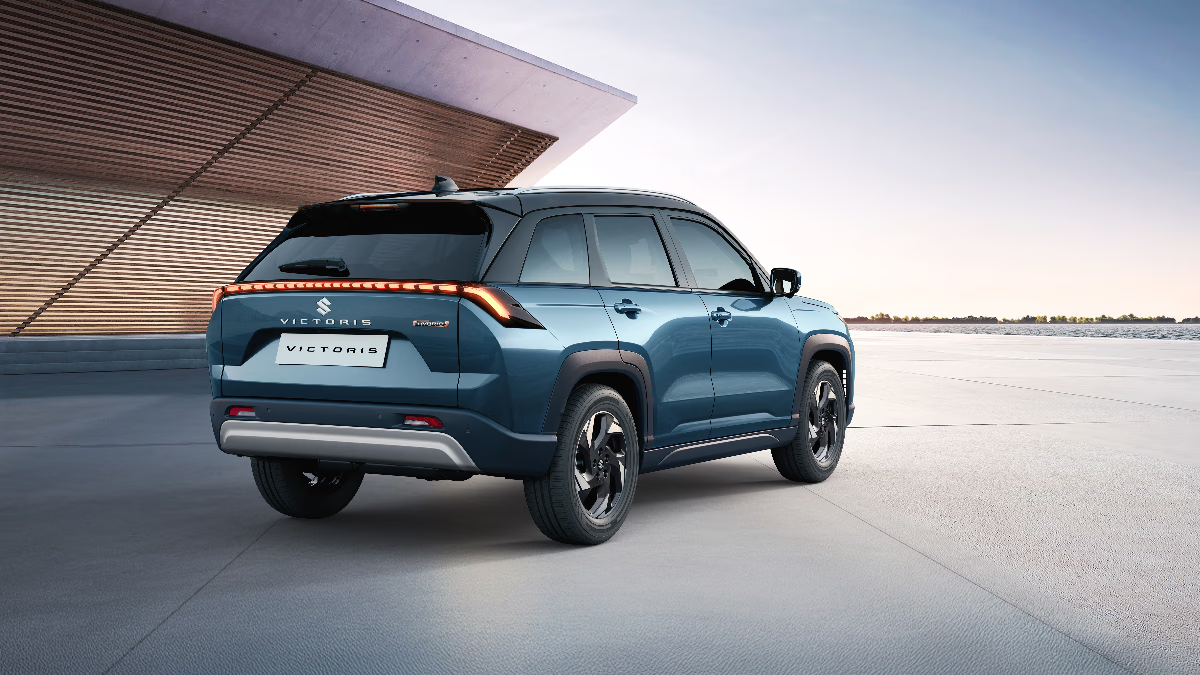
The GST Council also introduced a new 40% slab for larger and luxury vehicles, as well as recreational rides.
This category includes:
- Motorcycles above 350cc: such as KTM Duke 390, Triumph Speed 400.
- Large and mid-size cars: Petrol cars above 1200cc or diesel above 1500cc, and length over 4000mm. Example: Hyundai Creta, Kia Seltos, Tata Harrier, Mahindra XUV700, Scorpio N.
- Hybrids above these limits: Like Maruti Grand Vitara, Honda City e:HEV, and the upcoming Maruti Victoris CNG.
- Aircraft, yachts, and recreational vehicles.
Earlier, these vehicles attracted an effective 50% tax including 22% cess. Now, they will be taxed at a flat 40%, which makes them cheaper compared to before.
Consistency Across Commercial Vehicles & Auto Parts
The GST reforms go beyond cars and bikes. Commercial vehicles and auto parts are impacted as follows:
- Buses, trucks, and ambulances: are now at 18% GST, down from 28%.
- Auto parts: All auto parts are standardized under a single 18% slab, regardless of HS code classification.
This change will simplify supply chains, reduce confusion for manufacturers, and lower costs for businesses.
Electric Vehicles Stay At 5%
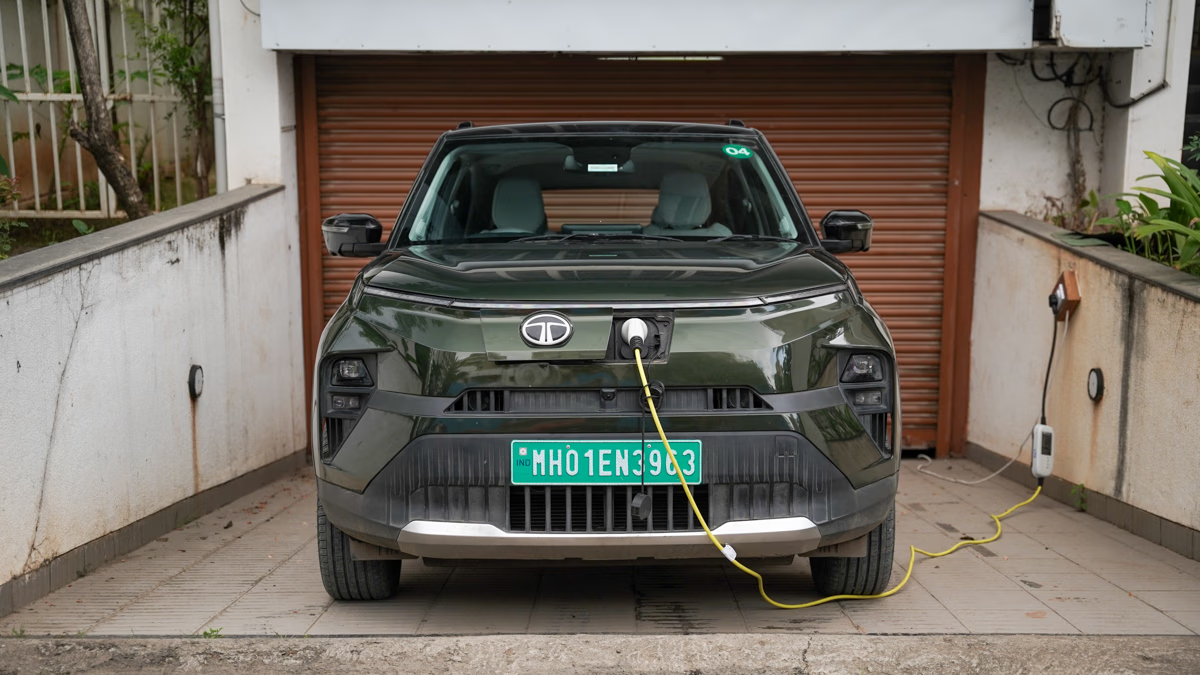
All electric cars, bikes, and three-wheelers continue at the concessional 5% GST rate.
This makes EVs the most tax-favoured vehicles in India. However, there is still no official clarity on whether luxury EVs or high-priced electric cars will remain under the same bracket.
Why Does It Matter
For consumers, it means direct savings.
Example: A hatchback priced at ₹6 lakh (ex-factory) could now be ₹60,000 cheaper with the 10% GST reduction.
For the auto industry, this is a much-needed boost. Car makers and two-wheeler companies expect stronger demand, while premium buyers will also enjoy some relief thanks to the removal of the cess on luxury cars.
When Do The Changes Start
All GST changes will be effective from September 22, 2025, just in time for the festive season.
If you are planning to buy a new small car, commuter bike, or even a mid-size SUV, it is worth waiting until the new tax regime kicks in.
FAQs
- What is the new GST rate for small cars?
Small cars with petrol engines up to 1200cc, diesel engines up to 1500cc, and length under 4000mm are now taxed at 18% GST, down from 28%. - Which bikes qualify for the 18% slab?
All commuter motorcycles with engines up to 350cc fall under the 18% GST slab. - What are the new GST rates for large cars and luxury vehicles?
Large cars, SUVs, hybrids above 4000mm, and bikes above 350cc are now under a flat 40% GST slab, reduced from an effective 50%. - What about commercial vehicles?
Buses, trucks, and ambulances are now taxed at 18% GST instead of 28%. - Are auto parts affected too?
Yes. All auto parts are now taxed under a uniform 18% GST slab. - Do electric vehicles still get tax benefits?
Yes. All electric vehicles, including cars, two-wheelers, and three-wheelers, continue at 5% GST. - When do the new GST rates come into effect?
All revised GST slabs will be applicable from September 22, 2025. - How much can a buyer save?
A car priced at ₹6 lakh could now be ₹60,000 cheaper. Savings will depend on the category and ex-factory price.
Related posts
